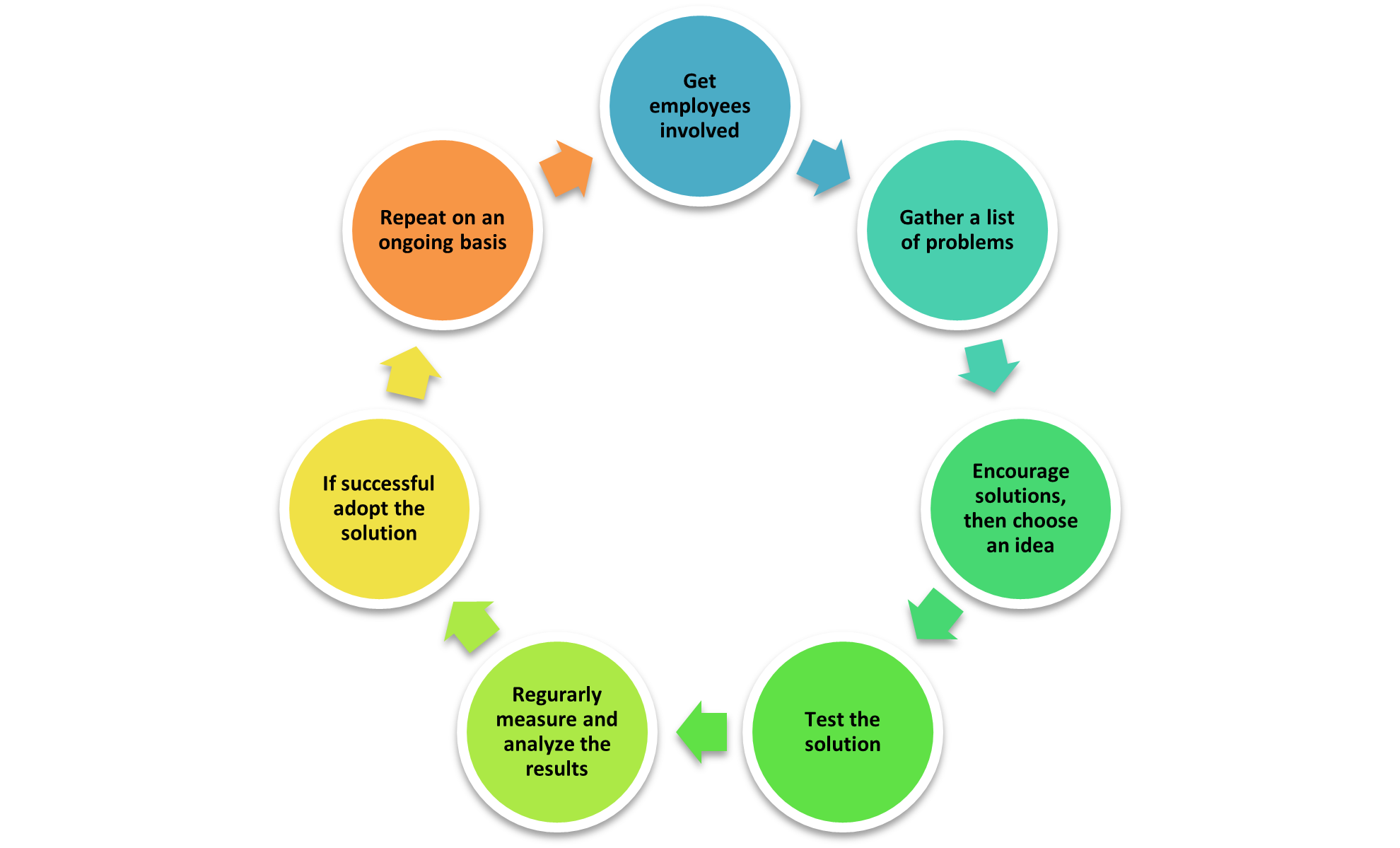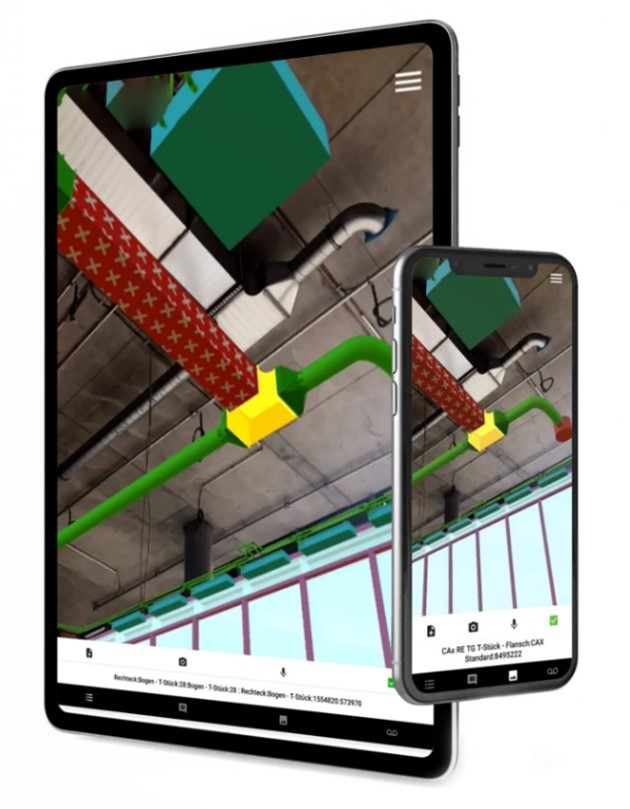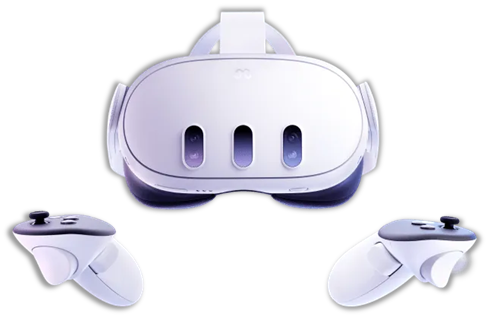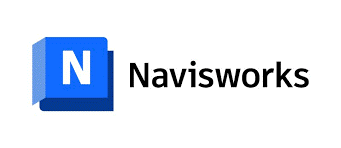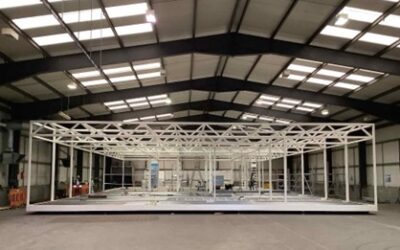Established in 1977, Ardmac is an international construction specialist delivering high-value workspaces and technical environments. Headquartered in Dublin, with offices across Europe, Ardmac supports projects in several countries and employs over 500 people. We are a leading provider of cleanrooms, data centres, EV battery facilities, fit outs, and modular solutions. Our commitment to innovation and excellence is enhanced by our integration with Cental Engineering, expanding our modular services in the Life Sciences and Data Centre sectors. At Ardmac, we deploy cutting-edge technology to empower our people, drive performance, and meet our clients’ evolving needs.
Overview & Background to the Lean Initiative
In 2023, the pervasive integration of Artificial Intelligence (AI), along with other cutting-edge technologies such as automation, Internet of Things (IoT), and advanced analytics, significantly impacted everyday life and revolutionised the construction sector. In response, Ardmac has continued its commitment to embracing Lean Construction (LC) principles, Building Information Modelling (BIM), and other digital technologies to streamline workflows and enhance productivity. We leverage technology to support Lean Construction principles, capitalising on trends such as VR, AI, Automation, and IoT to reshape the construction sector and transform our business practices.
At Ardmac, we implement technology to improve processes, add value for customers, increase efficiencies, and solve specific problems. Our approach focuses on gaining customer insights, understanding needs, and translating these into desired outcomes. Once validated, we deliver solutions that address these unmet needs through our “Building SMART” approach.
To further our commitment to Building SMART, we have established a new “Digital Innovation Committee” (DIC) composed of representatives from various business units. This committee facilitates discussions on new technologies and digitalisation across the entire group, serving as a catalyst to accelerate innovation and implementation. By having champions from different disciplines, we ensure a holistic approach to innovation, fostering collaboration and driving the rapid adoption of cutting-edge solutions throughout Ardmac.
Lean Initiative Undertaken – Lean Thinking, Tools, Techniques
At Ardmac, our digital transformation journey is driven by a commitment to continuous improvement, leveraging both Kaizen principles and innovative technology to ensure we continue to work Smart. With these ideas in mind the digital innovation committee composed of interdepartmental stakeholders, ensuring that all areas of the business are represented and that projects arising from the committee are relevant to the wider organization. The committee plays a crucial role in ensuring that selected initiatives are effectively implemented. By distributing ownership across multiple individuals, the committee prevents reliance on a single person who holds all the knowledge. This approach ensures continuity and progress, even if one member is busy or leaves the organization.
Since the establishment of the Ardmac’ DIC, the focus areas have been:
Enhanced Safety: Continuous evaluation of digital platforms to improve safety compliance.
Increased Productivity: Reduction of manual processes and automation of tasks to enhance efficiency.
Design Performance: Enhancement of design quality and efficiency.
Cost Control: Digitisation of the Quantity Surveying (QS) and Estimating departments to improve cost management.
We follow Kaizen principles in these areas by seeking new processes or technologies, streamlining existing ones, and eliminating redundant processes to drive continuous improvement and operational excellence. All the solutions mentioned below are the results of this scrutiny process and are either fully implemented or in early adoption stages.
Figure 1 Kaizen Lean Initiative in Ardmac’ Digital Innovation Committee.
The findings and results of these initiatives will be discussed in the next paragraph. Here, we will explain the rationale behind our research and implementation efforts, and why we considered these enhancements crucial for Ardmac.
At Ardmac, our motto is “Safety First,” making it our top priority for intervention. Despite being recognised as one of the best contractors in this area, we believe in continuous improvement. We have set specific targets for safety, driven by our commitment to never stop enhancing our practices.
Utilising our existing Common Data Environment (CDE), Procore, we scrutinised the functionality around safety and explored alternative, more efficient workflows. The Digital Innovation Committee (DIC) has pushed the boundaries of utilising the form tool on Procore, including testing its functionalities on smartphones.
The idea behind the utilisation of standardised digital forms is to enable consistent data collection and analysis across different projects in various countries. This approach allows us to gain better insights and identify patterns before accidents occur. Our standardisation efforts focused on near misses, safety documentation, inspections, and Safe Plan of Action (SPA) forms. These forms are translated into the most used languages in the countries where we operate, ensuring compliance with our safety procedures. This enables operatives on site to report issues in their native language, while the data is automatically translated back to English and centralised in one repository for comprehensive analysis.
Figure 2 Procore tool preview
Ardmac has achieved significant productivity gains through the adoption of Augmented Reality (AR) on site. While BIM is extensively used in office settings, transferring this knowledge and skillset to site operatives has historically posed challenges in the construction sector. Our aim was to simplify project tracking and reporting while enhancing collaboration between design and site teams. GAMMA AR, integrated with Procore and Autodesk, overlays BIM models onto the site through smartphones or tablets.
The testing phase was successful, and onsite adoption of GAMMA AR was seamless. Initially employed for project tracking and data integration with 3D models, we’ve discovered additional benefits. Site teams are now more engaged with BIM data, using AR to directly visualise clashes and alignments in real-time without needing to navigate complex BIM models on a PC. This technological advancement has effectively integrated our site operations with digital tools, enhancing efficiency and accuracy in project execution.
Figure 3 Example of GAMMA AR on tablet and smartphone
Enhancing design quality and efficiency through the adoption of BIM and Virtual Reality (VR) technologies has been a pivotal initiative driven by the Ardmac DIC.
Complementing BIM, VR technology has transformed our design review processes. Stakeholders can immerse themselves in virtual environments derived from BIM models, experiencing projects at human scale. By visualising designs in VR, potential errors and discrepancies can be identified early in the design process. Stakeholders can spot clashes, misalignments, or design flaws that may not be apparent in traditional 2D drawings or static 3D models. This proactive approach reduces the likelihood of costly rework during construction and enhances overall design accuracy and integrity. As we continue to explore emerging technologies and methodologies, BIM and VR remain foundational in our pursuit of setting new standards for design excellence and project delivery in the construction industry.
Figure 4 Quest 3 VR headset is the solution adopted in Ardmac
At Ardmac, cost control is not merely a financial necessity but a strategic imperative that drives project success and client satisfaction. By digitising the QS processes with BIM has been a game-changer. BIM allows for the creation of detailed 3D models that provide accurate, real-time data on materials, quantities, and costs. This integration facilitates precise cost tracking and forecasting, reducing the likelihood of budget overruns and ensuring projects remain within financial constraints. By utilising BIM, we can simulate various design scenarios and their cost implications, allowing for better-informed decisions during the design phase. This not only enhances the accuracy of cost estimates but also fosters a collaborative environment where design and cost considerations are addressed simultaneously. For the QS and Estimating departments, the DIC has been instrumental in identifying and implementing cutting-edge digital tools that enhance productivity and accuracy.
Figure 5 Navisworks is now the key software of choice for cost management on BIM models
The digitisation of cost management processes also positively impacts the design team. With accurate, real-time cost data readily available, designers can make informed decisions that align with budget constraints from the outset. This collaborative approach reduces the need for costly design revisions and ensures that the final design is both aesthetically pleasing and financially viable.
This synergy between the design and QS teams results in a more cohesive project workflow, where cost and design considerations are seamlessly integrated.
Lean Initiative Improvements & Impact
The establishment of the Digital Innovation Committee at Ardmac represents a critical step in our commitment to Lean principles and continuous improvement. Over the first six months of its implementation, the DIC has facilitated notable advancements in several key areas, highlighting the significant impact of a centralised group dedicated to driving digital transformation and innovation. Having a centralised group like the DIC is crucial to ensure that adoption of new technologies and processes is seamless and effective. The DIC meets every two weeks to evaluate progress and discuss new ideas, ensuring that continuous improvement is not just a principle but a reality.
Key Improvements and Impacts:
35% Increase in Safety Compliance: Achieved through digital safety forms and standardised data collection.
28% Increase in Efficiency: Resulting from the automation of QS and Estimating tasks.
32% Reduction in Design Errors: Using VR for design review, minimising costly rework.
38% Improvement in Design Collaboration: Enhanced by the integration of BIM, fostering better teamwork between design and QS teams.
18% Improvement in Cost Estimation Accuracy: Thanks to the digitisation of QS and Estimating processes.
14% Reduction in Budget Overruns: Through enhanced cost tracking and forecasting capabilities.
48% Faster Adoption of New Technologies: Driven by the DIC, keeping Ardmac at the forefront of industry innovation.
27% Increase in Employee Engagement: Boosted by cross-departmental collaboration fostered by the DIC.
These initial results underscore the effectiveness of the DIC in driving substantial improvements across multiple facets of our operations. However, it is important to note that these figures are based on the first six months of the DIC’s implementation. As we continue to refine our processes and embrace new technologies, these numbers could vary significantly at the one-year revaluation.
Our commitment to continuous improvement and the Kaizen principles will guide us in making necessary adjustments to further enhance our performance and drive sustained success. By maintaining a centralised focus through the DIC, we ensure that our efforts are aligned, collaborative, and geared towards achieving excellence in all areas of our business.
The Digital Innovation Committee (DIC) at Ardmac is instrumental in driving technological advancements and ensuring compliance with data protection standards, particularly as we navigate the testing phase with Artificial Intelligence (AI). As we explore AI’s potential applications, including in project management and operational efficiency, we are rigorously evaluating methods to maintain data security and GDPR compliance. Through meticulous planning, testing, and collaboration across departments, we are laying the groundwork to integrate AI technologies securely into our operations, enhancing efficiency while upholding our commitment to data protection standards.
Summary and Lesson Learned
The DIC’s proactive approach in evaluating and implementing new technologies has yielded significant results within a short span of time. Achievements include notable increases in safety compliance, efficiency gains through automation, and substantial improvements in design accuracy and collaboration. These advancements have not only streamlined our processes but have also positioned Ardmac at the forefront of digital innovation in construction.
Looking ahead, Ardmac remains committed to driving sustainable growth and maintaining our leadership in the industry. By adhering to Kaizen principles and continuously refining our practices, we ensure that every aspect of our operations contributes to delivering exceptional value to our clients worldwide. With AI integration on the horizon and ongoing advancements in digital tools and methodologies, we are poised to further enhance our capabilities and drive towards even greater levels of excellence.
The critical lesson learned is the pivotal role of cross-departmental collaboration facilitated by the Digital Innovation Committee. By bringing together diverse perspectives and expertise from across the organisation, the DIC has fostered a culture of innovation where ideas are shared, tested, and implemented with agility. This collaborative approach has not only accelerated the adoption of new technologies but has also strengthened our ability to respond effectively to industry challenges and client needs.
In essence, Ardmac’s dedication to innovation, combined with our steadfast commitment to safety, quality, and client satisfaction, underscores our vision of shaping the future of construction through technology and operational excellence. As we continue to evolve and adapt to meet the evolving needs of the industry, we remain confident in our ability to lead, innovate, and deliver transformative projects that make a lasting impact.

